Discover 11 hidden attractions, cool sights, and unusual things to do in Yeovil (United Kingdom). Don't miss out on these must-see attractions: Montacute House, Lytes Cary, and Huish Park. Also, be sure to include Fleet Air Arm Museum in your itinerary.
Below, you can find the list of the most amazing places you should visit in Yeovil (England).
Table of Contents
Montacute House
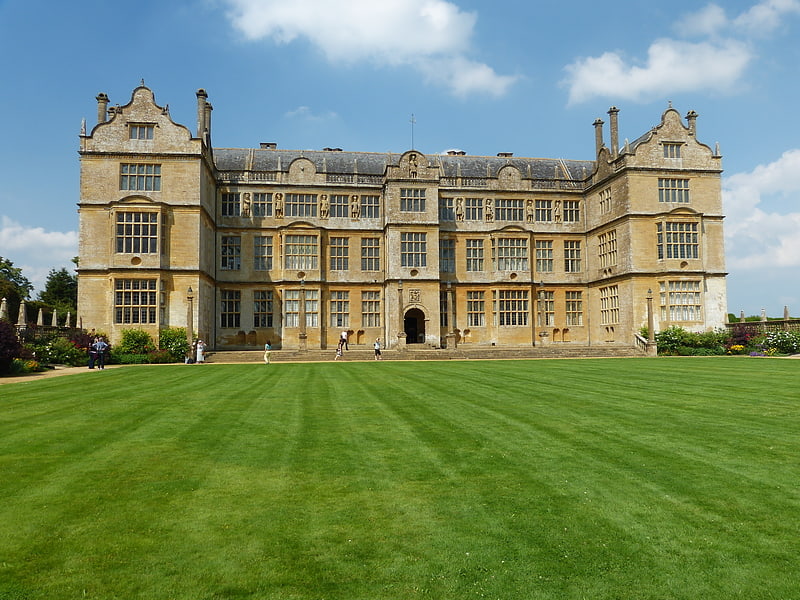
Elizabethan country house with gardens. Montacute House is a late Elizabethan mansion with garden in Montacute, South Somerset.
An example of English architecture during a period that was moving from the medieval Gothic to the Renaissance Classical, and one of few prodigy houses to survive almost unchanged from the Elizabethan era, the house has been designated by English Heritage as a Grade I listed building, and Scheduled Ancient Monument. It was visited by 125,442 people in 2013. Designed by an unknown architect, possibly the mason William Arnold, the three-storey mansion, constructed of the local Ham Hill stone, was built in about 1598 by Sir Edward Phelips, Master of the Rolls and the prosecutor during the trial of the Gunpowder Plotters.
Sir Edward Phelips' descendants occupied the house until the early 20th century. For a brief period the house was let to tenants, one of whom was Lord Curzon, who lived at the house with his mistress, the novelist Elinor Glyn. In 1927, it was acquired by the National Trust.
The house is maintained by the National Trust. Its Long Gallery, the longest in England, serves as a South-West outpost of the National Portrait Gallery displaying a skilful and well-studied range of old oils and watercolours.
Montacute and its gardens have been a filming location for several films and a setting for television costume dramas and literary adaptations.[1]
Address: Montacute House Middle St, TA15 6XP Montacute
Lytes Cary

Lytes Cary is a manor house with associated chapel and gardens near Charlton Mackrell and Somerton in Somerset, England. The property, owned by the National Trust, has parts dating to the 14th century, with other sections dating to the 15th, 16th, 18th, and 20th centuries. "Yet all parts blend to perfection with one another and with the gentle sunny landscape that surrounds them," comments Nikolaus Pevsner. The House is listed as Grade I by English Heritage.
The chapel predates the existing house, having been built around 1343, and functioned as a chantry chapel, where masses could be said for the souls of the family, both living and dead. The great hall was added in the 15th century and the Oriel Room in the 16th. Various renovations were undertaken during the 16th and 17th centuries after which the house fell into disrepair with the north range being demolished by the early 19th century. In 1907 Sir Walter Jenner of the Jenner baronets bought the house and restored it in a period style, furnishing it with fine 17th century and 18th century oak furniture, antique tapestries and fabrics modelled after medieval textiles, along with historic and period paintings. On his death in 1948 he left the house to the National Trust.
The gardens are listed as Grade II on the Register of Historic Parks and Gardens of special historic interest in England. The original 17th-century gardens have disappeared. However, the Jenners laid them out in an Arts and Crafts style with a series of 'rooms', which are separated from each other by high, neatly clipped box and yew hedges. These are complemented by ponds and walks in and between each of the 'rooms'.[2]
Address: Lytes Cary Manor Near Charlton Mackrell, TA11 7HU Yeovil
Huish Park
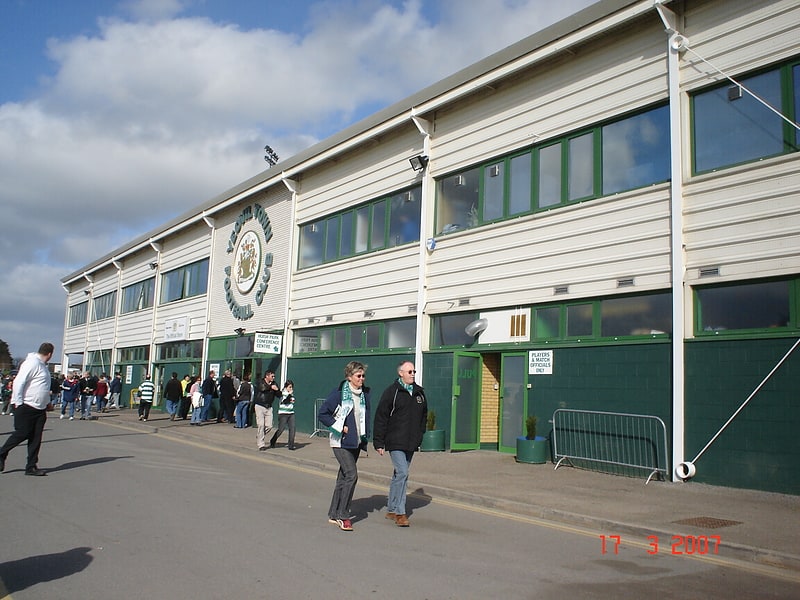
Stadium in Yeovil, England. Huish Park is a football stadium located in Yeovil, Somerset, England. The stadium has been home to Yeovil Town F.C. since its completion in 1990, following their relocation from Huish. Huish Park has a capacity of 9,565 with terraces behind each of the goals.[3]
Address: Huish Park Lufton Way, BA22 8YF Yeovil
Fleet Air Arm Museum
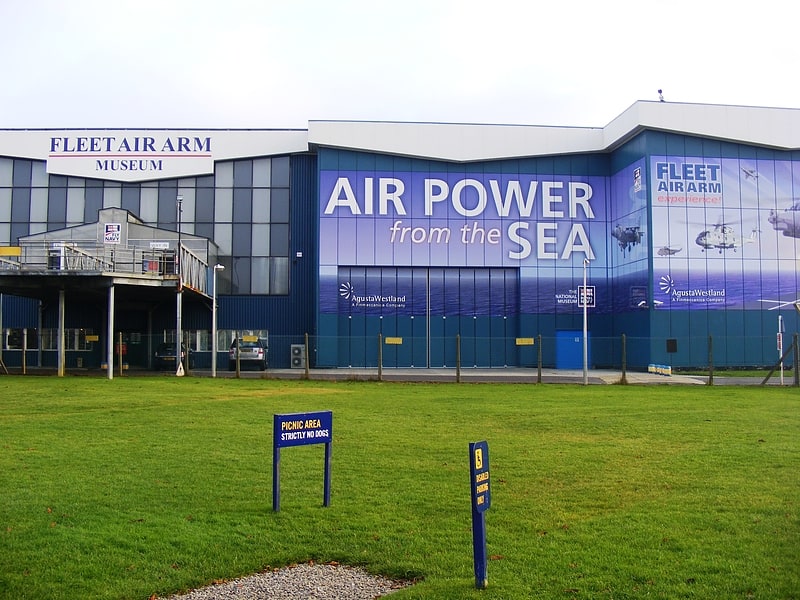
Museum in England. The Fleet Air Arm Museum is devoted to the history of British naval aviation. It has an extensive collection of military and civilian aircraft, aero engines, models of aircraft and Royal Navy ships, and paintings and drawings related to naval aviation. It is located on RNAS Yeovilton airfield, and the museum has viewing areas where visitors can watch military aircraft take off and land. At the entrance to the museum are anchors from HMS Ark Royal and HMS Eagle, fleet carriers which served the Royal Navy until the 1970s. It is located 7 miles north of Yeovil, and 40 miles south of Bristol.[4]
Address: RNAS Yeovilton, Yeovil
Church of St John the Baptist
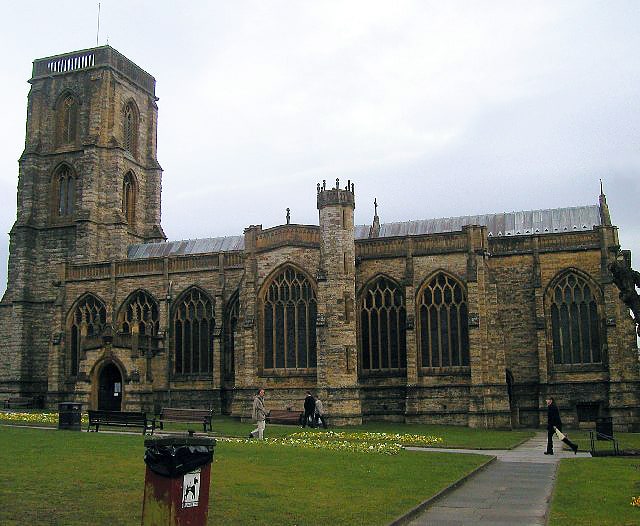
Building. The Church of St John the Baptist in Yeovil, Somerset, is a Church of England Parish Church.
The church was built in the late 14th century and has been designated as a Grade I listed building. The tower, which was built around 1480, is 92 feet (28 m) high, in four stages with set-back offset corner buttresses. It is thought that the work was supervised by William Wynford, master mason of Wells. To meet the growing size of Yeovil and the increased population, work on Holy Trinity Church began on 24 June 1843 to relieve the pressures on St John's. In 1863, pressures on space in the graveyard were alleviated by the opening of Preston Road cemetery.
The church is capped by openwork balustrading matching the parapets which are from the 19th century, when major reconstruction work was undertaken from 1851 to 1860. The tower has two-light late 14th century windows on all sides at bell-ringing and bell-chamber levels, the latter having fine pierced stonework grilles. There is a stair turret to the north-west corner, with a weather vane termination. Among the fourteen bells are two dating from 1728 and made by Thomas Bilbie of the Bilbie family in Chew Stoke. Another from the same date, the "Great Bell", was recast in 2013, from 4,502 pounds (2,042 kg; 321.6 st) to 4,992 lb (2,264 kg; 356.6 st).
Because of the state of some of the external masonry the church has been added to the Heritage at Risk Register.
Unusually, the stained glass windows include a depiction of a lone Judas Iscariot with a dark halo. Inside the church is a brass reading desk originally made in East Anglia.
The parish is part of a benefice with St Andrew, Yeovil, in the Diocese of Bath and Wells.[5]
Address: Church St, BA20 1HE Yeovil
Tintinhull Garden
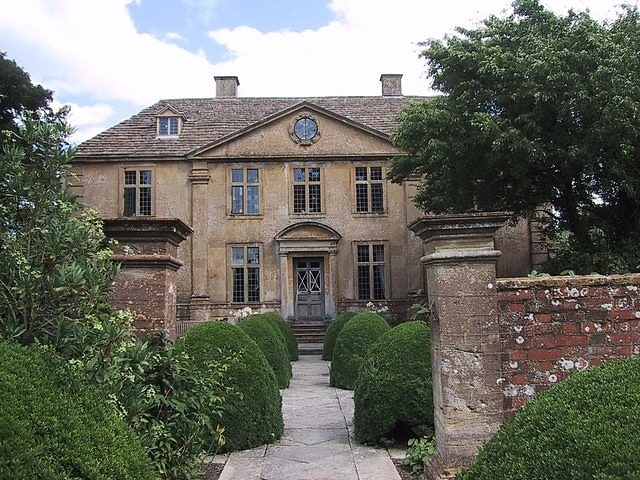
Garden in Tintinhull, England. Tintinhull Garden, located in Tintinhull, near Yeovil in the English county of Somerset, is a small 20th century garden surrounding a 17th-century Grade I listed house. The property is in the ownership of the National Trust. It is visited by around 25,000 people per year.
The house started as a small farmhouse in 1630 but was enlarged into its current form in the 18th century. The house was the property of the Napper family for centuries. It was given to the National Trust in 1954. The garden is similar in style to that at Hidcote Manor Garden in Gloucestershire, with several garden rooms. It was originally laid out by Phyllis Reiss from 1933, and from 1979 to 1993 in the charge of Penelope Hobhouse.[6]
Address: Farm Street, BA22 8PZ Yeovil
Ninesprings

Park in Yeovil, England. Ninesprings is a country park situated in the South East of Yeovil, Somerset, the United Kingdom. It is the largest country park in South Somerset, spanning over 20 acres.
The site lies on Yeovil Sands (a yellow micaceous sand) of the Upper Lias, in the Lower Jurassic Period of the Mesozoic Era, formed some 160 million years ago and includes several springs supplying small streams and ponds. It is believed to have been developed as an ornamental park, for the Aldon Estate, in the early nineteenth century and now forms a broad-leaved woodland with coniferous trees forming less than 10% of the total. The nationally rare Water Vole has been seen amongst the swans and other fauna at the site.
In 2007 £10,000 was received from the Big Lottery Fund's Breathing Places grant programme to enhance the environment and organise activities in the park. New Zealand artist Selwyn Price was commissioned by the local council to produce eight sculptures of Māori gods, which were placed between the carpark and the footpath at Ninesprings.
The main path of the walk, often referred to by locals as 'the yellow brick road', runs from BM Stores and the caravan park all the way to Pen Mill railway station on the other side of town. It follows the track bed of the former Great Western Railway route between Pen Mill and Yeovil Town railway station Notable landmarks along this path are Goldenstones leisure centre, the Ninesprings playground, the ski lodge, and Bowlplex/Cineworld.
Hills viewable from this walk include Tilly's Hill, Summerhouse Hill and Wyndham Hill.[7]
Museum of South Somerset
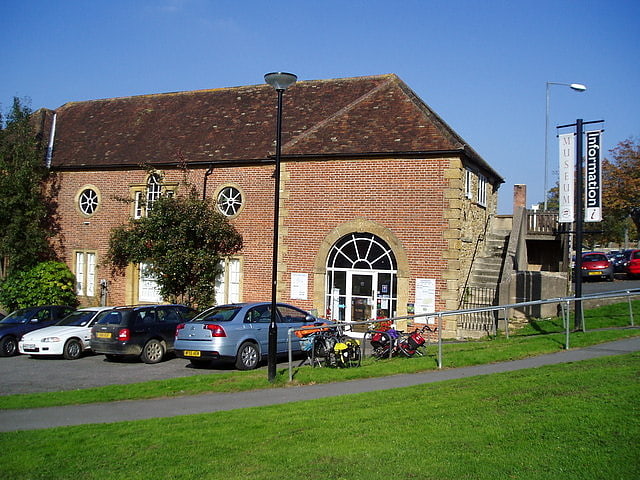
Museum in Yeovil, England. The Museum of South Somerset was located in Hendford, Yeovil, Somerset, England. It was also the location of a Tourist information centre. The museum was closed in 2011 and its collections were moved to the Community Heritage Access Centre at SSDC Lufton Depot, 7 Artillery Road, Lufton.[8]
Yeovil Railway Centre
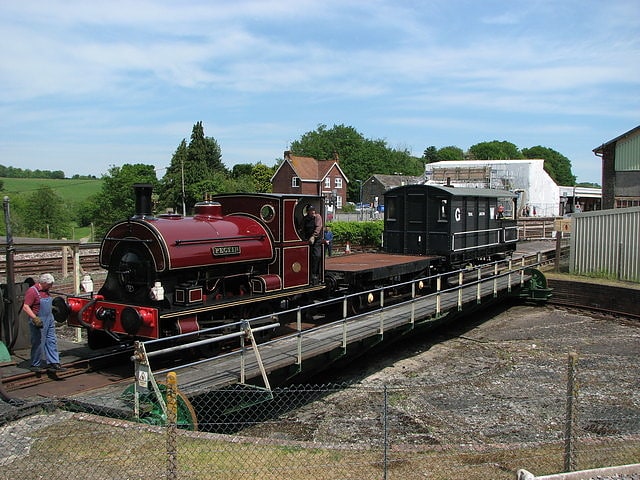
Museum in Barwick, England. The Yeovil Railway Centre is a small railway museum at Yeovil Junction on the L&SWR West of England Main Line between Salisbury and Exeter in the U.K.
It was created in 1993, in response to British Rail's decision to remove the turntable from Yeovil Junction. Approximately ¼ mile of track along the Clifton Maybank spur is used for demonstration trains.[9]
Address: Yeovil Jct, BA22 9UU Yeovil
The Octagon Theatre

Concerts and shows, Theater
Address: Petter's Way, BA20 1UX Yeovil
Abbey Farm House
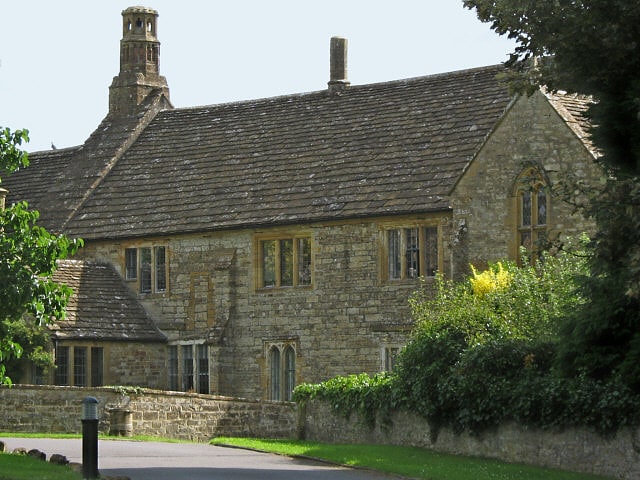
Building in Yeovil, England. The Abbey Farm House in Yeovil, Somerset, England was built around 1420 and has been designated as a Grade I listed building.
The Ham stone farmhouse was built by John Stourton (died 1438), also known as 'Jenkyn' Stourton. As part of the manor of Preston Plucknett it was originally known as Preston Great Farm, and has always been in lay-ownership. The addition of "abbey" only occurred in the 19th century for reasons unknown.
It is closely associated with the Abbey Barn which is also Grade I listed.[10]